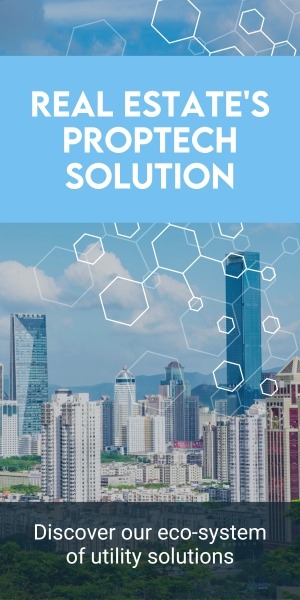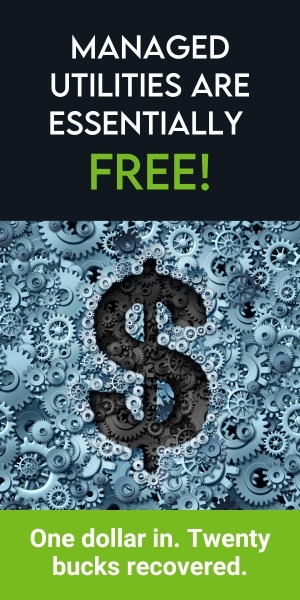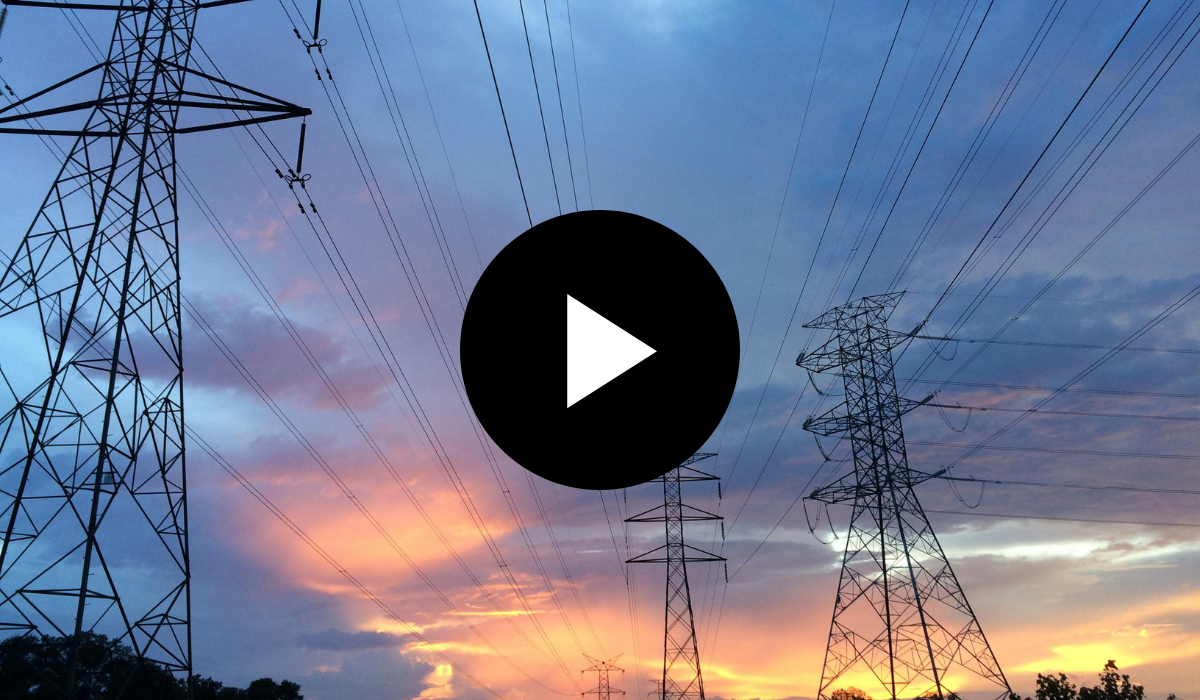The Greenbuild International Conference is one of the year’s most influential events for the green building community. Professionals across sectors like architecture, construction, interior design, and consulting gather to tackle today’s most pressing sustainability challenges.
This year’s theme, “Built to Scale”, emphasized the priority and longevity of green building, and how organizations can harness environmental, social, and governance (ESG) strategies to drive the triple bottom line: people, planet, and profits.
People. Planet. Profits.
From carbon-sequestering materials to biophilic design, Greenbuild 2024 discussions spanned a broad spectrum of sustainable solutions. However, a common thread ran through every presentation: data is indispensable in achieving a resilient and sustainable future.
At Conservice, data is the backbone of our utility management solutions, empowering organizations to take control of their ESG journey. Accurate, actionable data is essential for tracking sustainability goals, forecasting costs, and measuring progress—helping businesses mitigate risks while driving results.
A key concern for businesses in the sustainability conversation is risk mitigation, and data management has become a top player in minimizing risk for companies. Though Greenbuild had many presentations discussing data and risk management, there were several highlights:
Key Takeaways from Greenbuild
1. LEED v5: Advancing Sustainable Standards
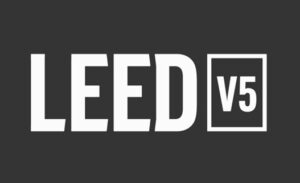
The upcoming LEED v5 rating system was a focal point at Greenbuild. The newest iteration of LEED’s rating system will include more categories with an emphasis on:
-
- Equity & Wellbeing: Expanding credits for occupant equity and wellness.
- Carbon Reduction: Prioritizing carbon reduction for new and existing buildings.
- Rigor: Raising the bar for achieving Platinum certification.
Attendees also explored streamlined certification processes for LEED and WELL, enabling dual accreditation more efficiently. The final LEED v5 release is anticipated in early 2025.
2. Building Performance Standards (BPS) and Mandates
Cities like Boston, Washington D.C., and St. Louis are increasingly instituting Building Performance Standards (BPS) to improve energy efficiency in existing buildings, while San Francisco and Baltimore require LEED certification for new construction.
A standout case study showcased the Kona Village Resort, which achieved LEED Gold certification for several structures, demonstrating how tracking data helps meet mandates and align with sustainability goals.
3. Innovation in Action
Uncertainty fosters innovation, as climate risks drive new solutions. Greenbuild featured groundbreaking technologies, including carbon-sequestering building materials and Environmental Product Declarations (EPDs).
A highlight was the Phipps Conservatory and Center for Sustainable Landscapes, a net-zero water building that achieved LEED Platinum certification—proof that bold ideas create transformative results.
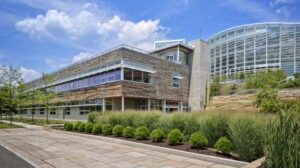
Looking Ahead with Conservice
Greenbuild 2024 underscored that data is the thread connecting every green initiative. It’s the key to understanding past performance, crafting future strategies, and driving real-world results.
At Conservice, we carry forward the lessons from Greenbuild, leveraging data to drive innovation and sustainability for our clients. Together, we’re not just imagining a sustainable future—we’re building it. Ready to learn more? Let’s capture your data, measure your progress, and create a lasting impact.



